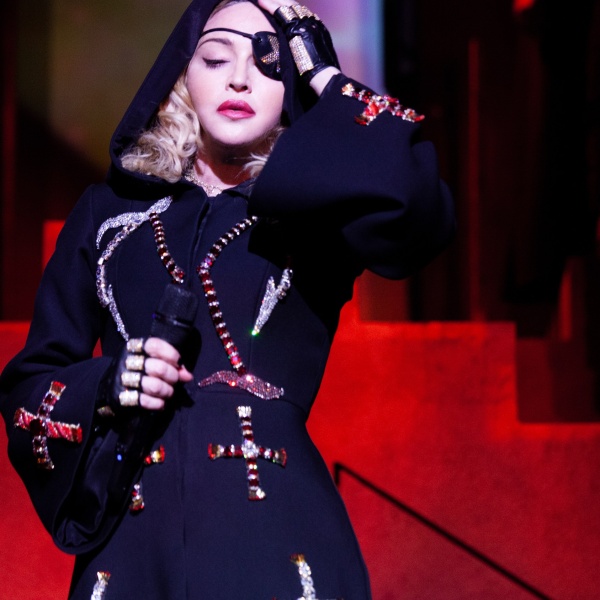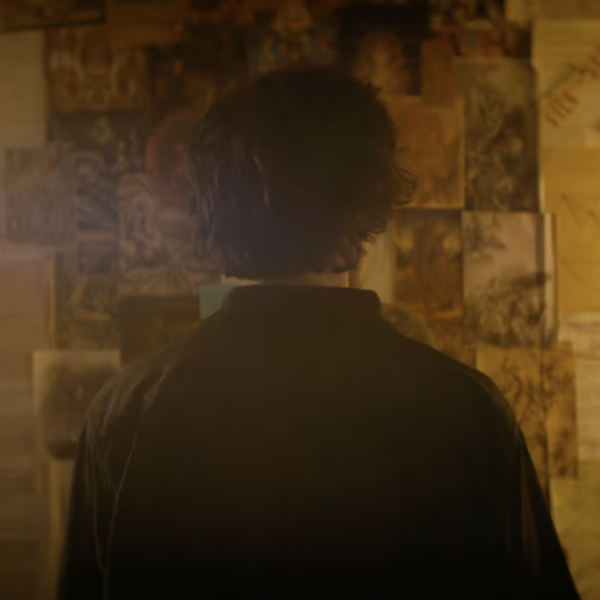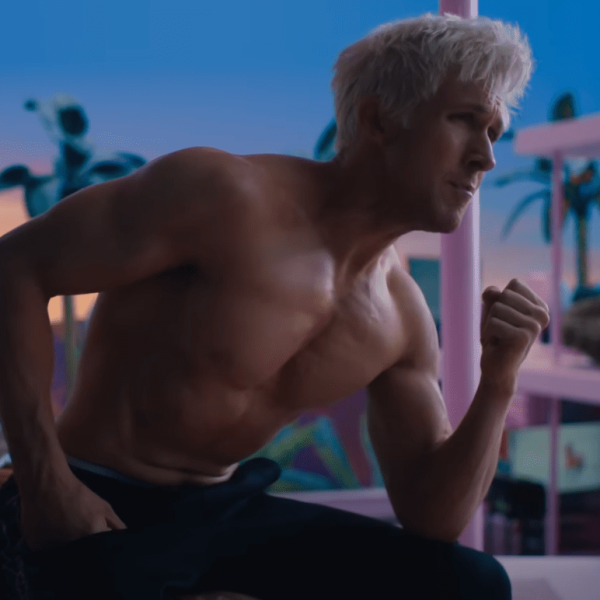This article contains IndieWire’s preliminary Best Cinematography predictions for the 2024 Oscars. We regularly update our predictions throughout awards season and republish previous versions (like this one) for readers to track changes in how the Oscar race has changed. For the latest update on the frontrunners for the 96th Academy Awards, see our 2024 Oscars predictions hub.
The State of the Race
“El Conde,” “Killers of the Flower Moon,” “Maestro,” “Oppenheimer,” and “Poor Things” were nominated by the American Society of Cinematographers (ASC). They are represented by cinematographers Ed Lachman, Rodrigo Prieto, Matthiew Libatique, Hoyte van Hoytema, and Robbie Ryan. The winner will be announced during the 38th Annual ASC Awards ceremony on March 3 at the Beverly Hilton, with the event live-streamed worldwide on theasc.com.
While the ASC can be a reliable Oscar barometer, the last time all five nominees aligned was 2017. The minor surprise here is Lachman (a two-time Oscar nominee for “Carol” and “Far From Heaven”) over “Saltburn’s” Linus Sandgren (Oscar winner for “La La Land”), “The Zone of Interest’s” Łukasz Żal (a two-time Oscar nominee for “Ida” and “Cold War”), or “Napoleon’s” Dariusz Wolski (Oscar-nominated for “News of the World”).
Interestingly, all but the digital “El Conde” were shot on Kodak film, while “Oppenheimer,” “Maestro,” and “Poor Things” were substantially shot in color and black-and-white. But even “Killers of the Flower Moon” boasts authentically simulated black-and-white newsreel footage of the Osage Nation (shot with Martin Scorsese’s 1917 Bell & Howell 2709 camera and Kodak black-and-white Eastman Double-X 5222 film stock), and the monochromatic “El Conde” turns to breathtaking color for its final sequence. This intermingling of color and black-and-white to help drive the narrative with heightened states of mind is part of a great stylistic tradition and earned an Oscar for “JFK” cinematographer Robert Richardson. Thus, this hybrid factor looks to play a key role in this Oscar race.
“Oppenheimer,” the Oscar favorite, represents the culmination of van Hoytema’s IMAX collaboration with Christopher Nolan. The duo achieves a new kind of intimate spectacle with this psychological thriller about physicist J. Robert Oppenheimer (Cillian Murphy), the “father of the atomic bomb.” The cinematographer uses the large-format IMAX camera to explore the landscape of faces; namely, Oppenheimer’s in color from his perspective and antagonist Admiral Lewis Strauss’ (Robert Downey Jr.) in black-and-white from his. A shout out to Kodak for engineering 65mm monochromatic film for IMAX. As a result, van Hoytema (Oscar-nominated for “Dunkirk”) redefines portraits and close-ups for 70mm IMAX presentation.
Yargos Lanthimos’ twisted “Frankenstein” gender-bender is a more complex feminist, coming-of-age exploration than “Barbie,” shot by go-to cinematographer Robbie Ryan (Oscar-nominated for “The Favourite”). Bella (Emma Stone), a distraught Victorian woman, commits suicide and is re-animated by iconoclastic scientist Dr. Baxter (Willem Dafoe) with the brain of her unborn child. The first part of her rebirth is shot in expressionistic black-and-white, emphasizing the fish-eye lens to jarringly distort her feral perspective. Then she runs away on a series of whirlwind adventures and sexploits with and without slick and debauched lawyer Duncan (Mark Ruffalo). These are shot in color but especially color-reversal Ektachrome 35mm film. The use of various textures, contrast, and color with different stocks and lenses brilliantly conveys Bella’s bold transformation into a sexually liberated and independent woman way ahead of her time.
“Killers of the Flower Moon,” Scorsese’s tragic historical crime drama, brings out the best in Prieto, who experiments with different photographic looks for visual and emotional impact. It’s about the serial murders of the Osage Indians after oil is discovered on their land in 1920s Oklahoma. Shooting in 35mm, the three-time nominee (“The Irishman,” “Silence,” “Brokeback Mountain”) captures the organic colors of the Osage culture and the beauty of the landscape, the early Autochrome look of the ’20s for scenes involving characters of European descent, and high contrast, dark, and gritty look for the reign of terror.
Bradley Cooper directs and stars in this sweeping exploration of legendary conductor/composer Leonard Bernstein through the lens of his complicated marriage to Chilean-American actress Felicia Montealegre (Carey Mulligan). Spanning more than 30 years, with Libatique (Oscar-nominated for “A Star Is Born”) shooting the first half in black-and-white and the second half in color (mostly all in 1.33). It’s a bittersweet love story about the couple becoming soulmates and how they later drift apart when Bernstein gets tangled up in contradictions revolving around musical superstardom and his hedonistic double-life with same-sex lovers.
Pablo Larraín’s “El Conde” envisions Chilean dictator Augusto Pinochet (Jaime Vadell) as a vampire seeking death in a black comedy, best described as “Nosferatu” meets “Succession.” Lachman uses the lighter large-format Alexa Mini LF Monochrome camera (with Orson Welles’ preferred Ultra Baltar lenses) for a brilliant expressionistic black-and-white look that melds the modern with the classical.

“Saltburn,” Emerald Fennell’s black comedy about the cruel class divide in England in the mid-2000s, hurls out-of-place Oxford student Barry Keoghan into the sprawling estate of aristocrat Jacob Elordi and his eccentric family for summer vacation. Sandgren visually captures the institutional oppression of Oxford and the hallowed beauty of the Saltburn estate as life-altering tipping points for Keoghan (in 1.33 to enhance the peeping tom aspect).
Jonathan Glazer’s “The Zone of Interest,” the disturbing Holocaust drama about the domestic family bliss within eyeshot of the Auschwitz camp, is shot with forensic precision by Żal as though we are a fly on the wall. He’s aided by the director’s innovative 360-degree sets, which had 10 cameras shooting at the same time, hidden in furniture or in walls (and removed in post).
Ridley Scott’s “Napoleon,” shot by go-to cinematographer Wolski, explores the rapid rise to power of Napoleon Bonaparte (Joaquin Phoenix) from military leader to Emperor and his obsessive love for Joséphine (Vanessa Kirby). The visual highlight is the recreation of six legendary battles (including Austerlitz, where the horses fall through the ice, and, of course, Waterloo) each with distinctive geometric patterns.
Potential nominees are listed in alphabetical order; no film will be deemed a frontrunner until we have seen it.
Frontrunners
Hoyte van Hoytema (“Oppenheimer”)
Ed Lachman (“El Conde”)
Matthiew Libatique (“Maestro”)
Rodrigo Prieto (“Killers of the Flower Moon”)
Robbie Ryan (“Poor Things”)
Contenders
Linus Sandgren (“Saltburn”)
Dariusz Wolski (“Napoleon”)
Łukasz Żal (“The Zone of Interest”)




